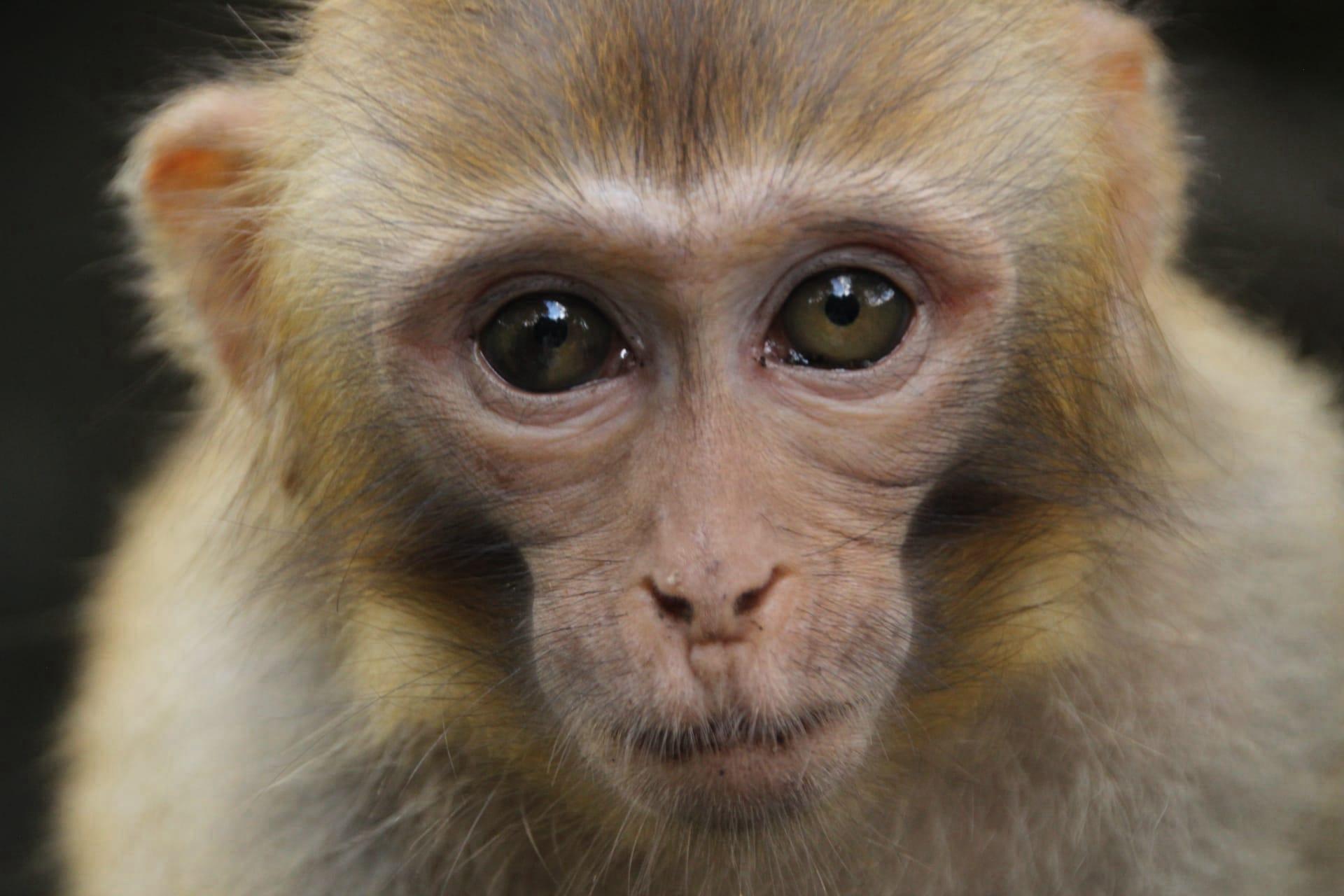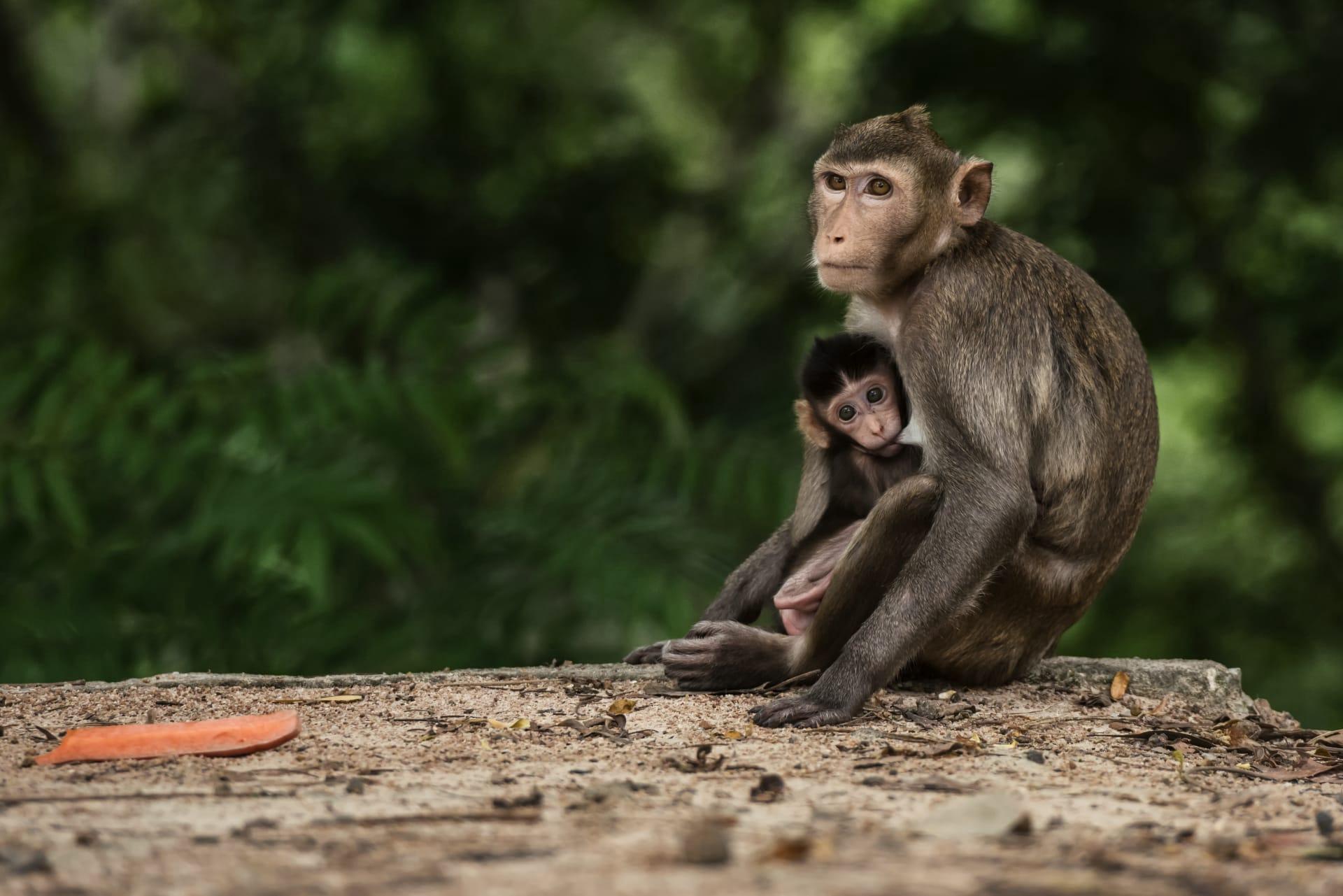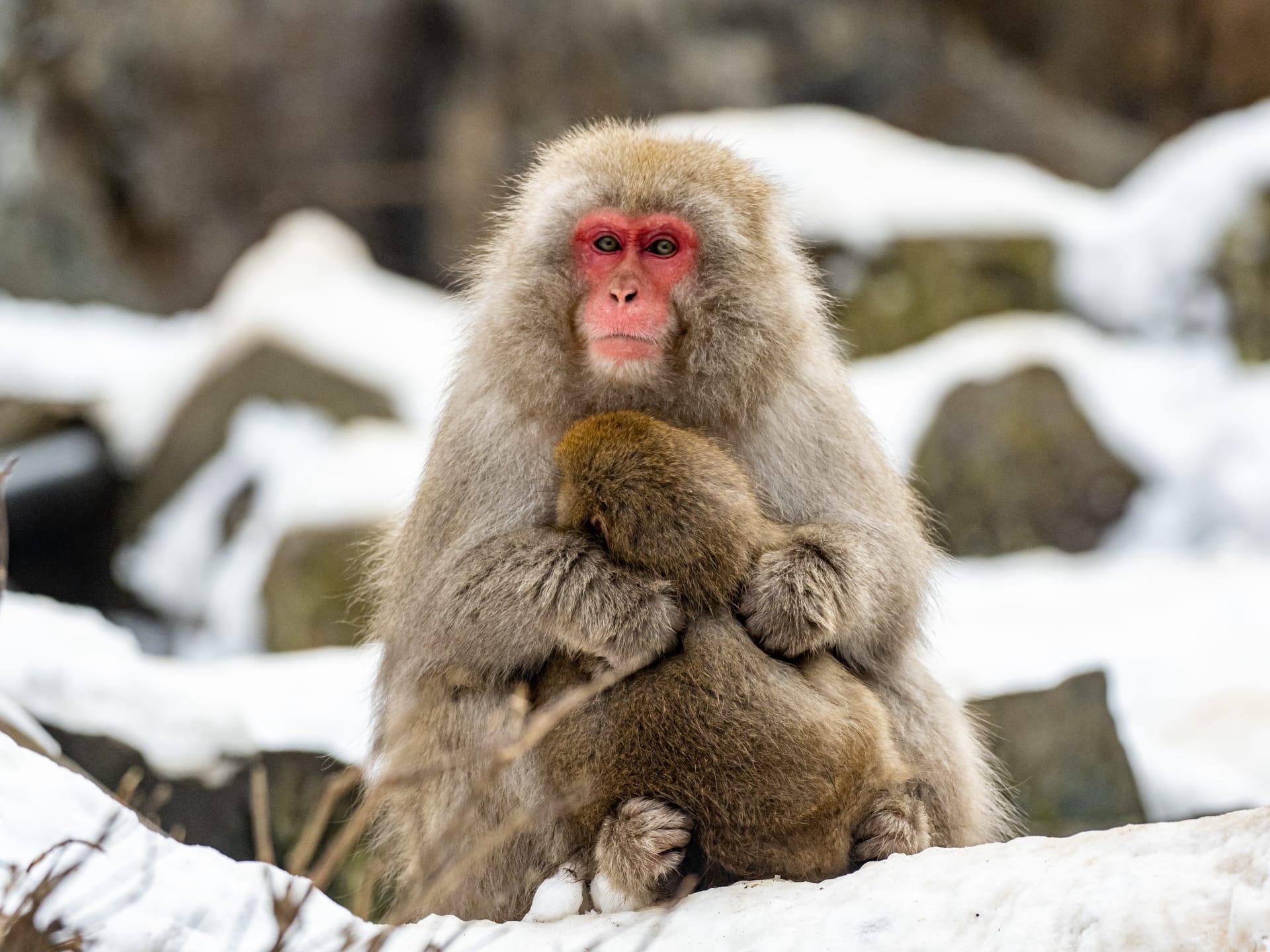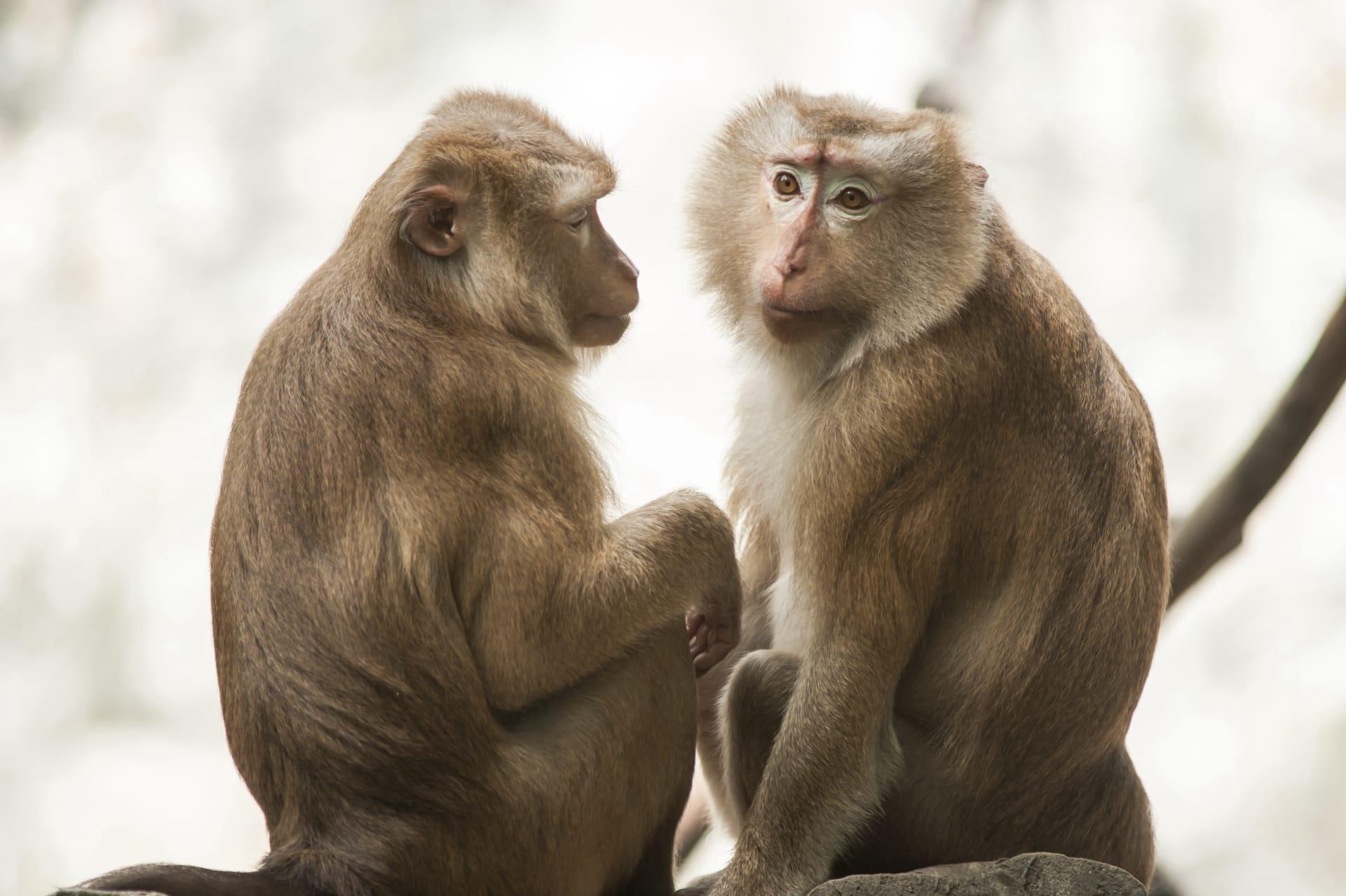Monkey Characteristics
- Home /
- Mini Encyclopedia /
- Animal /
- Monkey Characteristics
1
Monkeys, fascinating creatures known for their agility and playfulness, exhibit a wide range of physical characteristics across different species. Their sizes vary greatly, with the smallest, such as the Pygmy Marmoset, measuring just about 5 inches (12.7 cm) in length and weighing around 100 grams. On the other hand, the largest species, like the Mandrill, can reach up to 3 feet (about 1 meter) in length and weigh as much as 35 kilograms. Monkeys typically have a lifespan ranging from 10 to 50 years, depending on the species, with smaller monkeys living shorter lives and larger ones living longer.
One of the most distinctive organs of a monkey is its tail. Many species have prehensile tails, which are capable of grasping and holding objects. This unique adaptation allows them to swing from tree branches with remarkable agility, aiding in their search for food and escape from predators. The tail can also serve as a fifth limb for balancing and can even be used to communicate through various movements and positions.

2
Question: What do monkeys typically eat?
Answer: Monkeys have a varied diet, which can include fruits, leaves, seeds, nuts, flowers, eggs, and small animals like insects and spiders. Their diet largely depends on the species and the habitat in which they live. For instance, the Howler Monkey primarily feeds on leaves, making it one of the few primate species that can be considered a folivore. In contrast, the Capuchin Monkey is known for its omnivorous diet, skillfully using tools like rocks to crack open nuts or hard-shelled fruits. This adaptability in diet is a key factor in the survival of different monkey species in diverse environments ranging from rainforests to savannas.

3
Monkeys are renowned for their impressive locomotion abilities. They primarily move arboreally (in trees) using all four limbs. Some species, like the Spider Monkey, have long, strong limbs and a prehensile tail, enabling them to brachiate, or swing from branch to branch. On the ground, monkeys use a form of movement called quadrupedalism, walking on all fours. Their agility and speed vary among species, but many can reach impressive speeds, with the Patas Monkey being able to run at speeds up to 55 kilometers per hour.
In terms of predation, monkeys employ a variety of hunting techniques. Smaller species often catch insects and spiders by hand or leap from branches to capture birds or small mammals. Larger monkeys, such as Baboons, may hunt in groups, coordinating their efforts to catch larger prey. They also display a keen sense of sight and hearing to detect predators and swiftly move to safety, showcasing their remarkable survival instincts.

4
Monkeys inhabit a diverse range of environments. Many species, like the Orangutan and the Gorilla, are found in tropical rainforests where they spend most of their time in the dense canopy. Other species, such as the Baboon, are adapted to live in savannas, grasslands, and even mountainous regions. Their habitats offer them abundant food sources and provide shelter from predators. However, habitat loss due to deforestation and human expansion is a significant threat to their survival.
Reproduction in monkeys varies among species. Generally, they have a gestation period ranging from 4 to 8 months, after which a single offspring is born. In some species, like Marmosets, twins are common. Mothers are primarily responsible for the care of the young, though in some species, like the Titi Monkey, fathers and other group members also participate actively in raising the offspring. The social structure of monkey groups plays a crucial role in the upbringing and protection of the young.

5
Book: "The Monkey Kingdom: Species, Ecology, and Behavior" by Dr. Jane Goodall, published in the UK in 1990. This book provides an in-depth look at various monkey species, their ecological roles, and social behaviors. Goodall's extensive research on primates offers readers a unique insight into the world of monkeys, highlighting their intelligence, social structures, and the challenges they face in the wild.
Book: "Primates of the World: An Illustrated Guide" by Jean-Jacques Petter and François Desbordes, published in France in 2006. This comprehensive guide offers detailed illustrations and descriptions of over 300 species of primates, including a wide variety of monkeys. The authors, renowned primatologists, delve into the habitats, behaviors, and conservation status of these fascinating creatures, making it an essential resource for anyone interested in the study of primates.